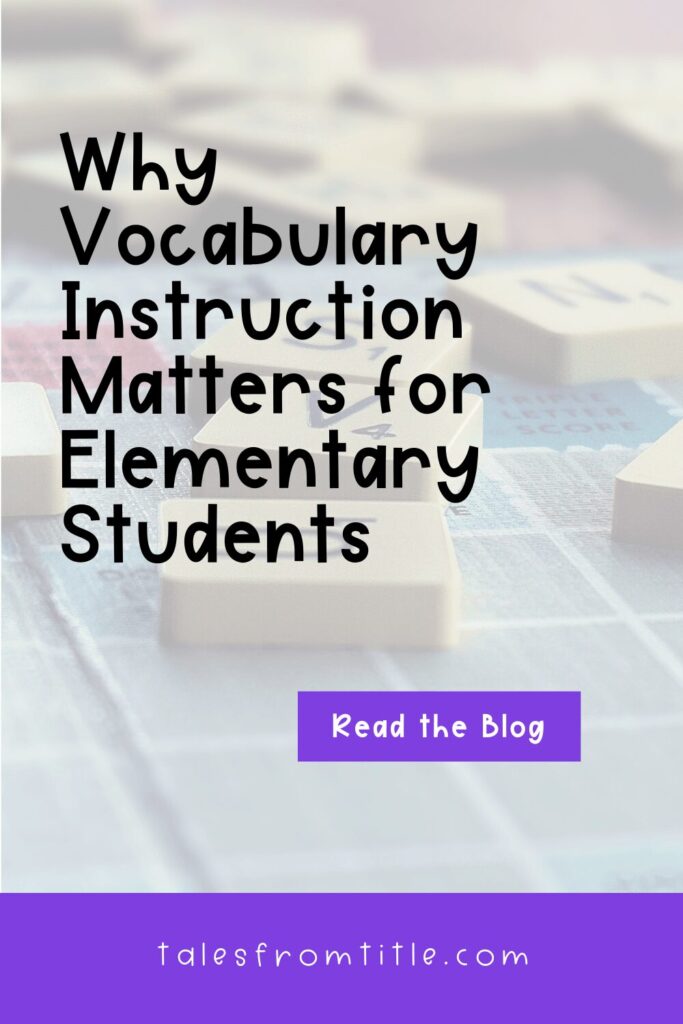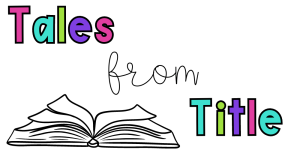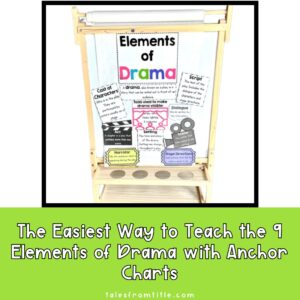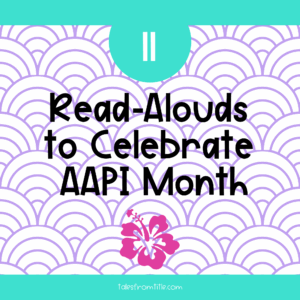It’s time for part eight of my ten-part series on the components of reading! In this series, I discuss what each component of reading is, what it means, and why it’s important. If you missed the earlier posts, you can catch up here:
- Part 1 – What is Phonemic Awareness
- Part 2 – Why is Phonemic Awareness Important
- Part 3 – What is Phonics
- Part 4 – Why is Phonics Important
- Part 5 – What is Fluency
- Part 6 – Why is Fluency Important
- Part 7 – What is Vocabulary
Today’s post wraps up the two-part mini-series on vocabulary. In this post, we’ll explore why vocabulary is an important skill young readers need to develop.
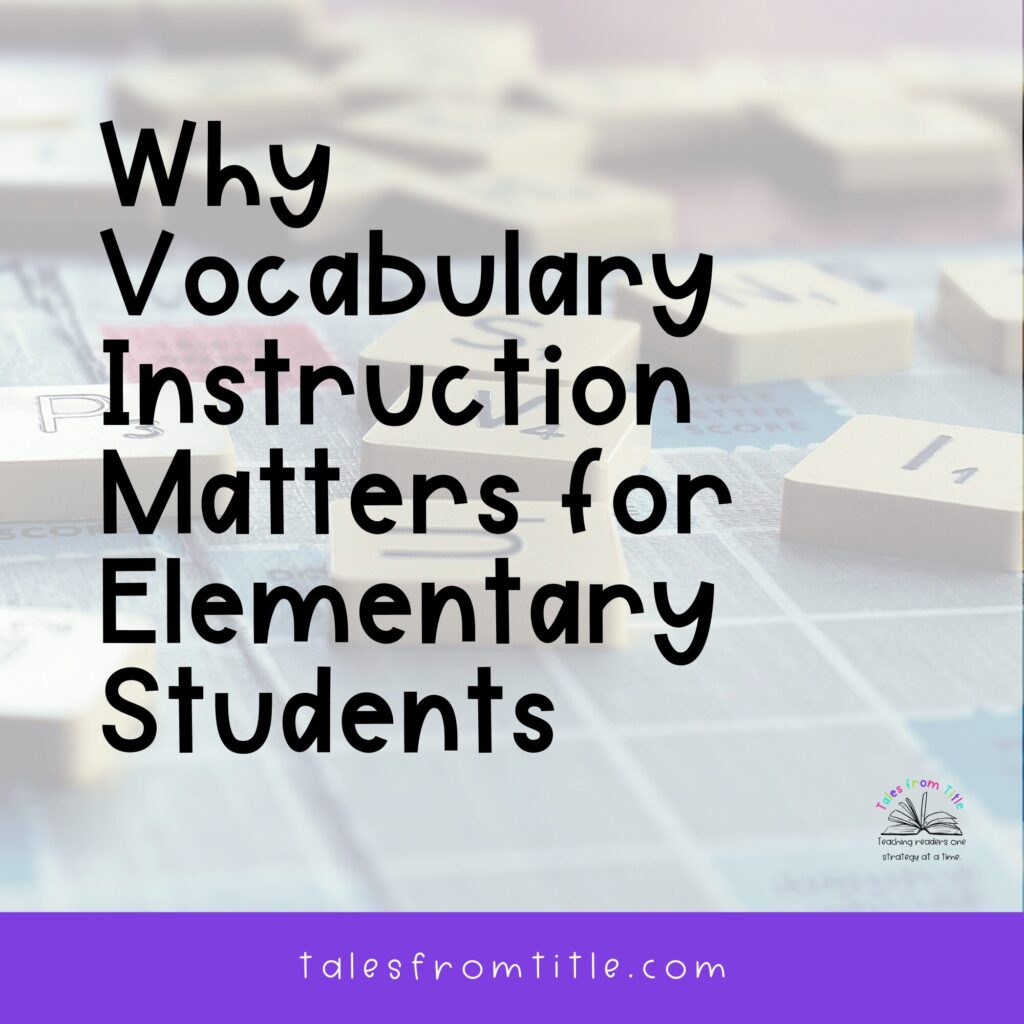
Did you know that a child’s vocabulary strongly predicts their future academic success? As elementary teachers, you see every day how language shapes the way students learn, communicate, and grow. But teaching vocabulary is about more than just knowing words — it’s about empowering students to express themselves and make sense of new words in the world around them.
In this post, we’ll explore why vocabulary instruction is essential for elementary students, how it impacts their learning and future success, and practical strategies you can use in your classroom to make it engaging and effective.
The Role of Vocabulary in Student Success
Foundation for Literacy Skills
Vocabulary is a main component of reading, writing, and speaking. Without a strong understanding of words, students struggle to comprehend texts, express their ideas in writing, or communicate with peers and adults effectively. Unfamiliar words can block students from fully engaging with stories, lessons, or discussions.
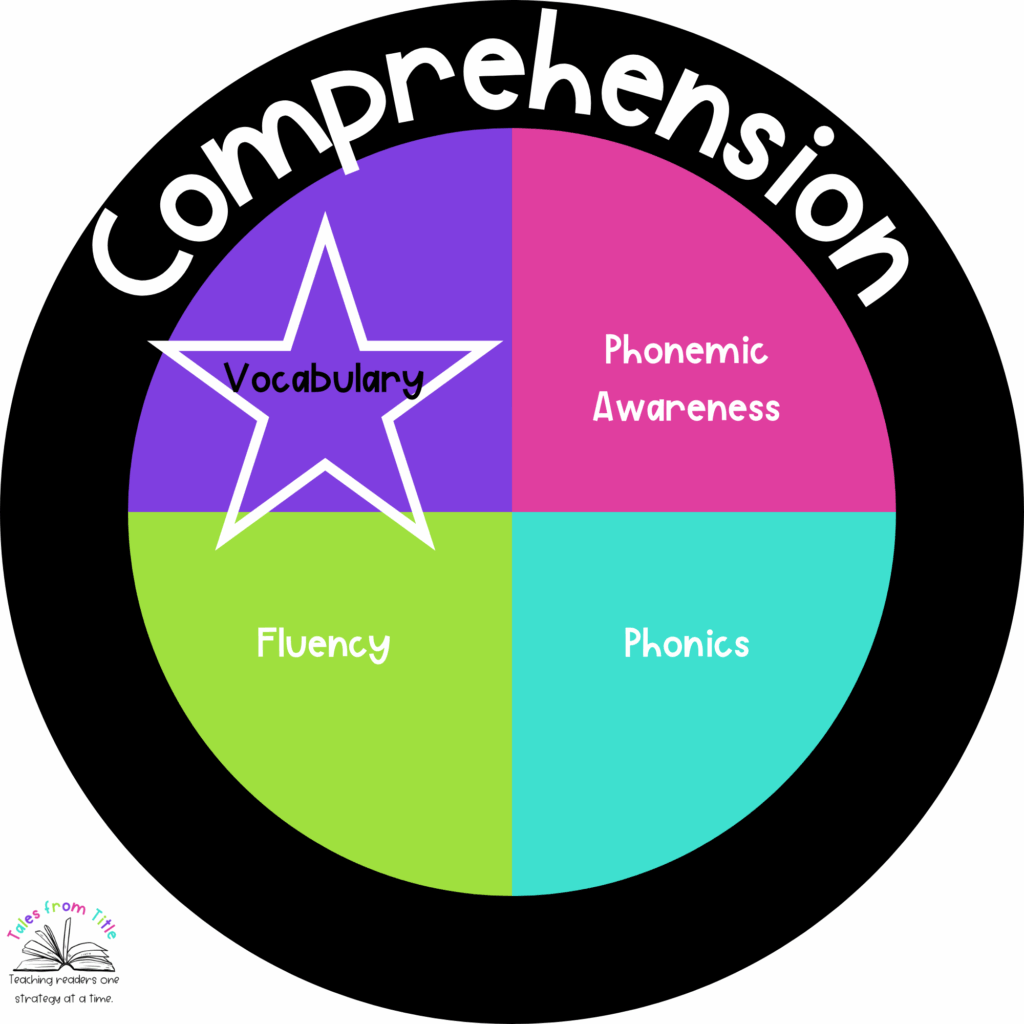
Academic Achievement
A strong vocabulary isn’t just important in reading; it’s essential across all subject areas because reading is required wherever we are. For example, understanding math word problems, grasping scientific concepts, or following instructions in a social studies project all rely on knowing and using the right words. Students with a broad vocabulary are better equipped to tackle complex tasks and achieve academic success.
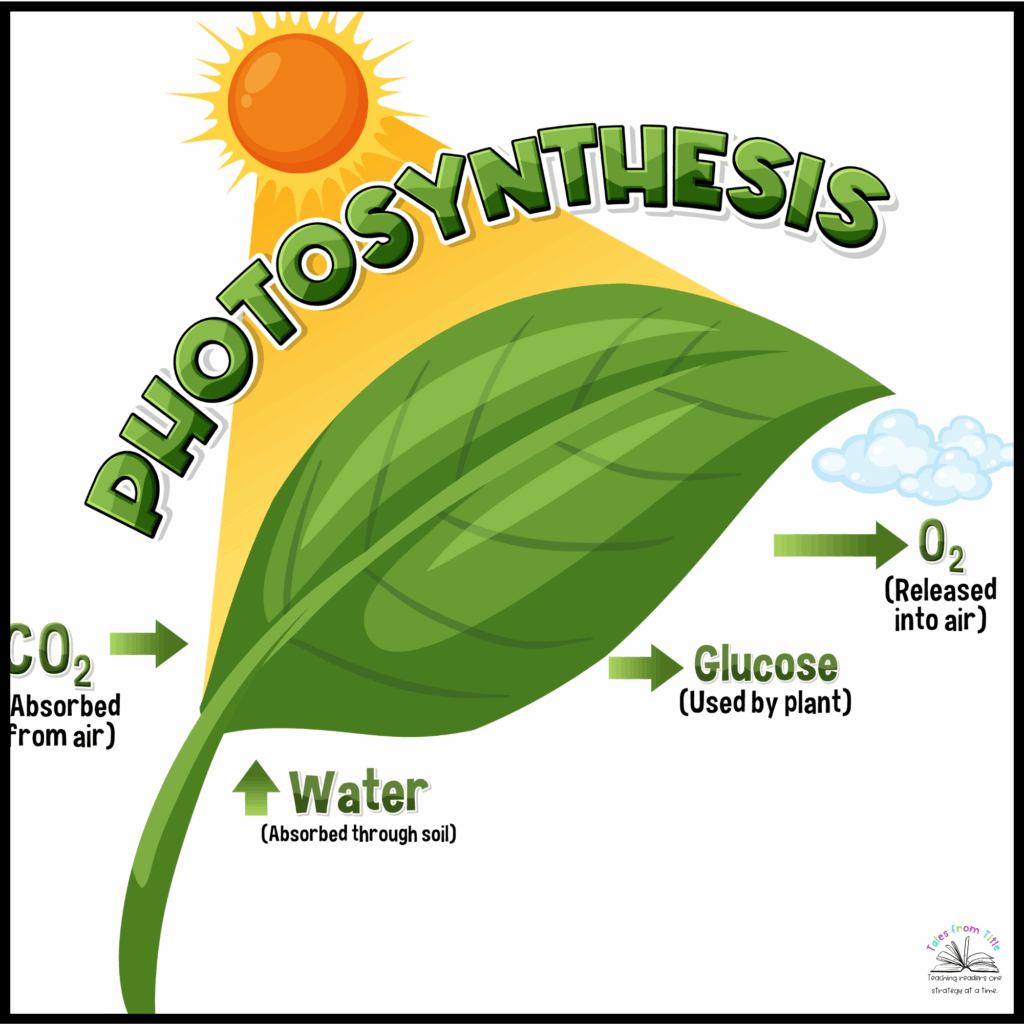
Equity in Education
Vocabulary instruction also plays a critical role in closing educational gaps. Research shows that students from different backgrounds enter school with varying levels of vocabulary knowledge. Teachers play a pivotal role in mitigating these disparities through thoughtful, inclusive instruction. By providing targeted, explicit vocabulary instruction, teachers can help bridge the gaps some students may enter school with and create a more level playing field in the classroom.
Why Explicit Vocabulary Instruction is Essential
Incidental Learning is Not Enough
While students do learn new words through exposure and independent reading, relying solely on incidental learning isn’t enough. The majority of students need direct, intentional teaching to fully grasp and retain new vocabulary.
Word Gap Challenges
Studies have shown that some students enter school knowing thousands fewer words than their peers. This “word gap” can grow over time if we do not take the time to plan effective strategies for teaching new vocabulary. Without intentional instruction, students’ academic and social development may lag behind.
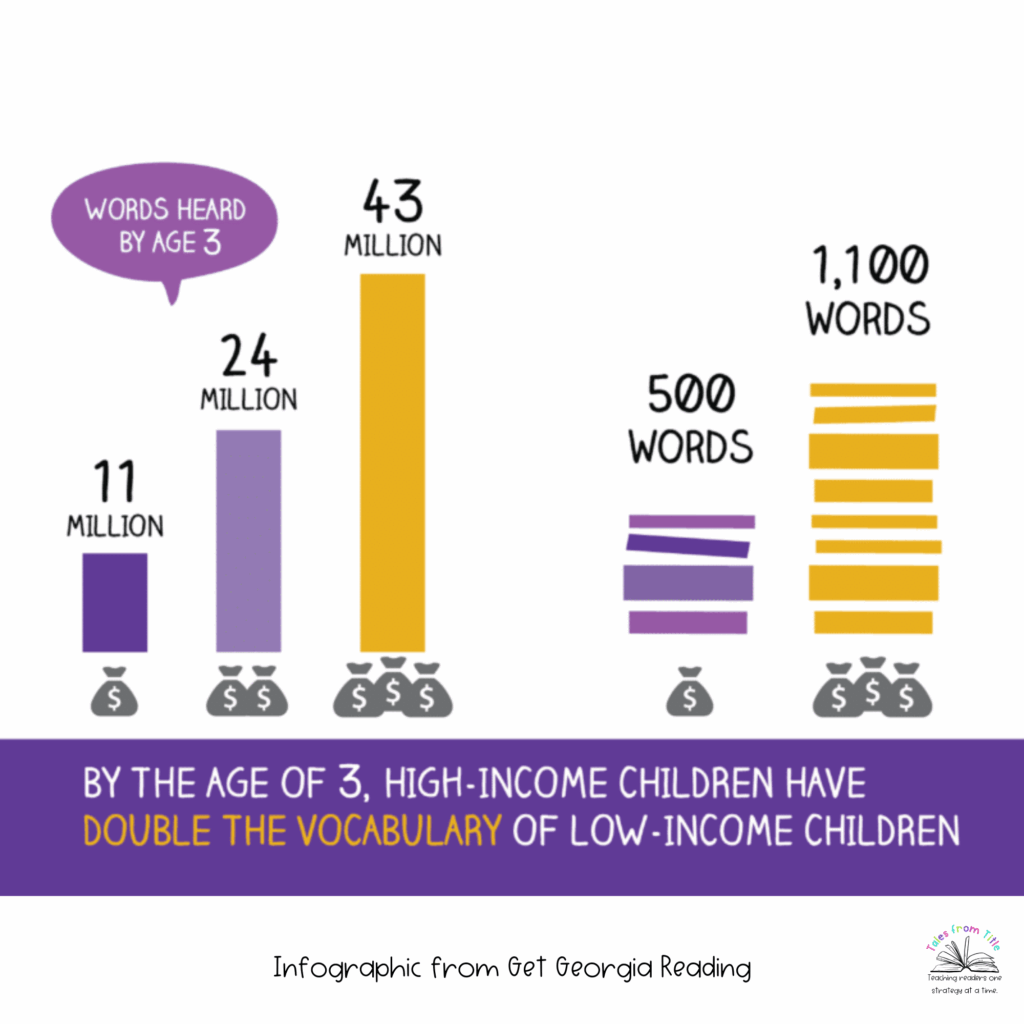
Retention and Application
Explicit instruction helps students not only recognize new words but also use them in meaningful ways. Teaching vocabulary in context and providing opportunities for repeated exposure of new words ensures that students can apply their knowledge across multiple settings.
Practical Tips for Vocabulary Instruction
Make it Engaging
Bring vocabulary to life with interactive and engaging activities. Games like word bingo, charades, or “word of the day” challenges can make learning new words exciting for students.

Teach in Context
Students are more likely to remember words when they’re taught in meaningful contexts. Incorporate vocabulary instruction into read-alouds, thematic units, or real-world scenarios to make words relevant and memorable. For instance, during a science lesson, introduce words like evaporation or photosynthesis using hands-on activities.
Focus on High-Utility Words
Prioritize teaching Tier 2 and Tier 3 words. These high-utility words appear frequently in texts and are crucial for understanding academic content. For example, words like analyze, compare, or evidence are essential for students to succeed in school.
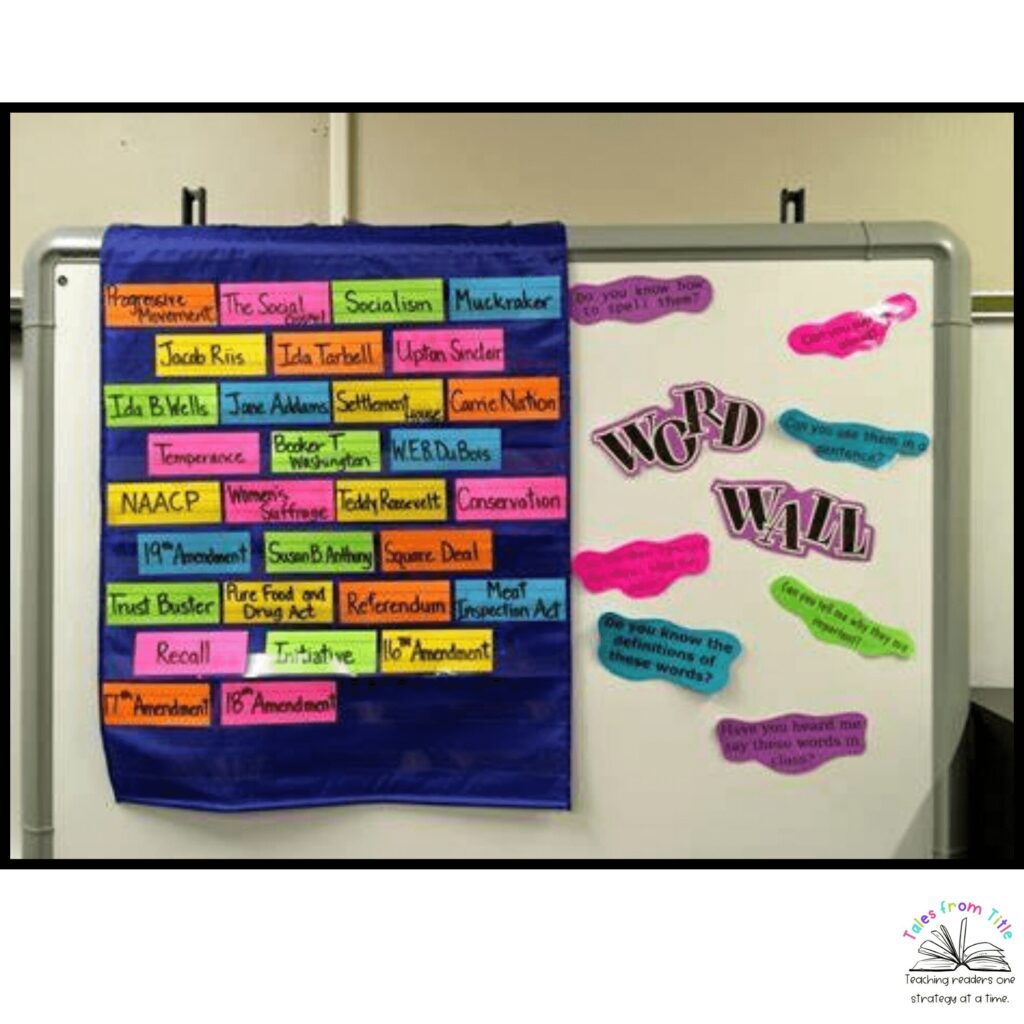
Use Repetition and Practice
Give students multiple opportunities to encounter and use new words. Interactive notebooks, anchor charts, and word walls are great tools to reinforce learning. Encourage students to use new vocabulary in writing assignments, discussions, and creative projects.
Conclusion
Teaching vocabulary equips students not just to succeed in school but to confidently navigate and understand the world around them. By investing in their vocabulary skills, you’re empowering them to dream bigger, think deeper, and achieve more.
What are your favorite strategies for teaching vocabulary? Share them in the comments below!
